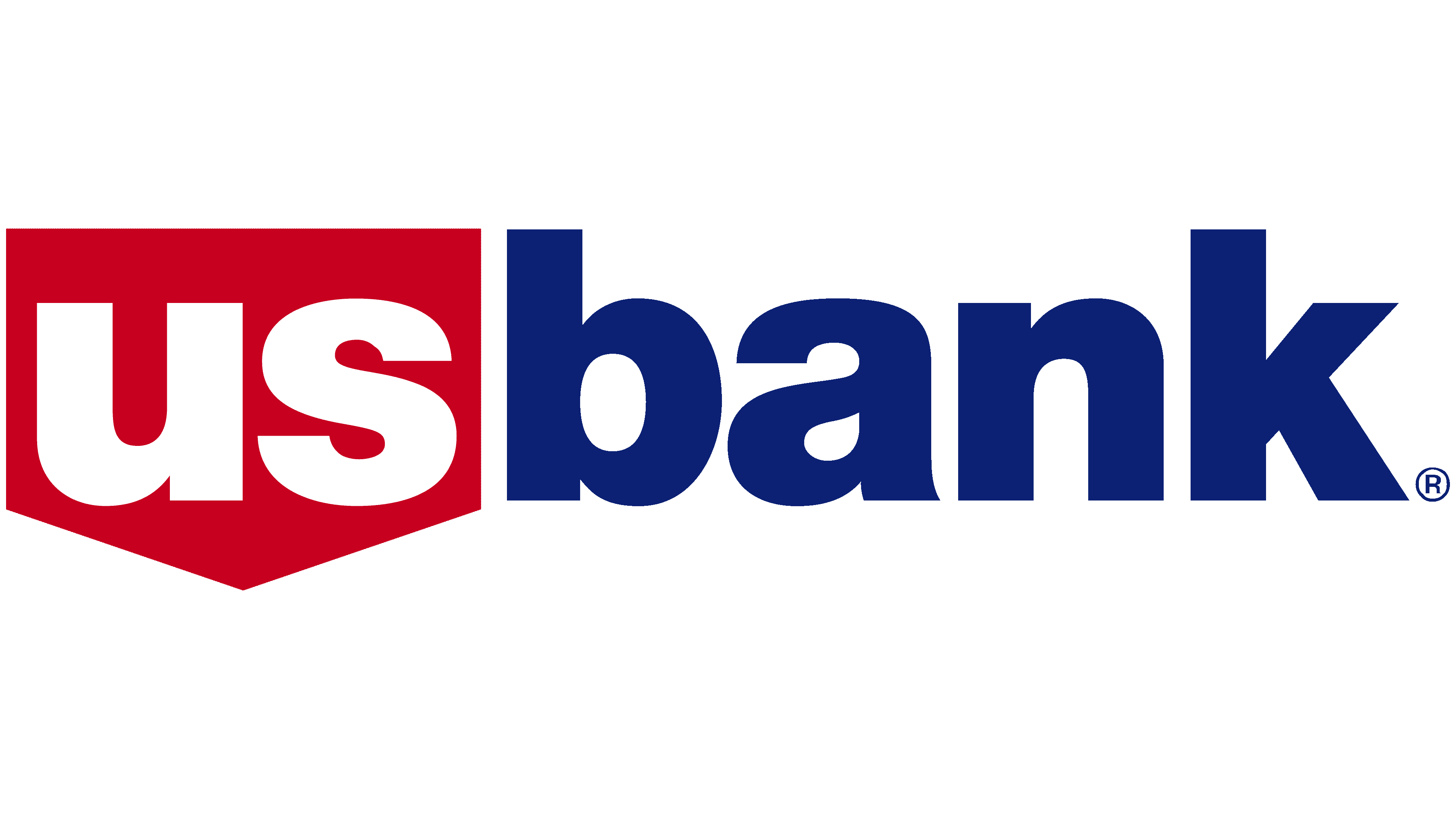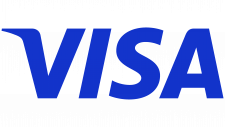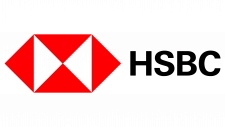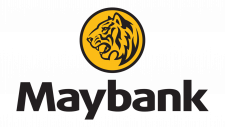US Bank Logo
U.S. Bank, headquartered in Minneapolis, operates as a prominent American financial institution offering an array of services including retail banking, business banking, wealth management, and payment services. As one of the largest banks in the U.S., its market reach spans nationwide with a significant presence in the Midwest. U.S. Bancorp, a bank holding company, stands as the parent entity of U.S. Bank. Continuing to adapt to modern financial landscapes, the bank emphasizes digital innovation while upholding its commitment to customer service.
Meaning and history
U.S. Bank’s journey traces back to 1863, evolving from the First National Bank of Cincinnati. Through the ages, it underwent a series of mergers and expansions, ultimately sculpting its present-day nationwide footprint.
In the 20th century, this financial establishment took on the name “United States National Bank of Portland,” post its inception in Oregon. A merger with the Ainsworth National Bank of Portland in 1929 bolstered its strength. The bank expanded its reach across the Pacific Northwest, growing both organically and through acquisitions.
Its 1990s chapter was marked by a key merger with the First Bank System of Minneapolis, which resulted in the establishment of today’s U.S. Bancorp. This newly-formed entity then acquired several financial institutions, further cementing its dominant position in the American banking landscape.
Throughout its history, the bank’s focus wasn’t solely on expansion but also on refining its services and innovating. The 21st century saw the bank prioritizing digital solutions to cater to the evolving demands of modern customers. From its humble beginnings to its current stature, U.S. Bank has remained steadfast in its commitment to community service and ethical banking.
Before 1990s
Long ago, the emblem representing US Bank showcased a geometric shield, rectangular in its core but tapering to a pointed foundation, with triangular peaks adorning its crest. Enveloping its white interior was a sleek black border. The initials “U” and “S,” each followed by a distinct period, held the centerpiece within the shield’s domain. Adjacently, the term “BANK” took its position to the emblem’s right. The chosen typography for the word was robust, employing a stark sans-serif typeface, giving a sense of authority and stability to the overall design. The design reflected the institution’s legacy and solid standing in the financial realm.
1990s – 1980
During the 1990s, a significant transformation occurred in the logo’s typography. The letters evolved, adopting a bold, slanted sans-serif style, drenched in a deep shade of navy blue. The bank’s moniker, previously stretched across multiple lines, was now succinctly positioned on a singular horizontal plane, underscored by a slender crimson line. The previously prominent shield motif vanished, making room for an avant-garde representation in red, reminiscent of an eagle’s visage. This emblematic figure, positioned to the left, seemed somewhat disconnected from the bank’s name, establishing a sense of individuality and unique identity for the bank during that era.
1980 – Today
The creative team decided to retain the core color palette but subtly altered the shades for a more harmonious blend. They gave a fresh twist to the graphic element on the left, transforming it into a pentagonal design, reminiscent of an inverted childlike depiction of a “home.” Within this revamped crimson figure, the white initials “US” are prominently displayed. Adjacently on the right, the word “bank” is showcased, but in a contrasting blue hue. An interesting design choice is the shift to lowercase lettering for both segments of the branding, infusing a touch of modern simplicity to the overall look.














